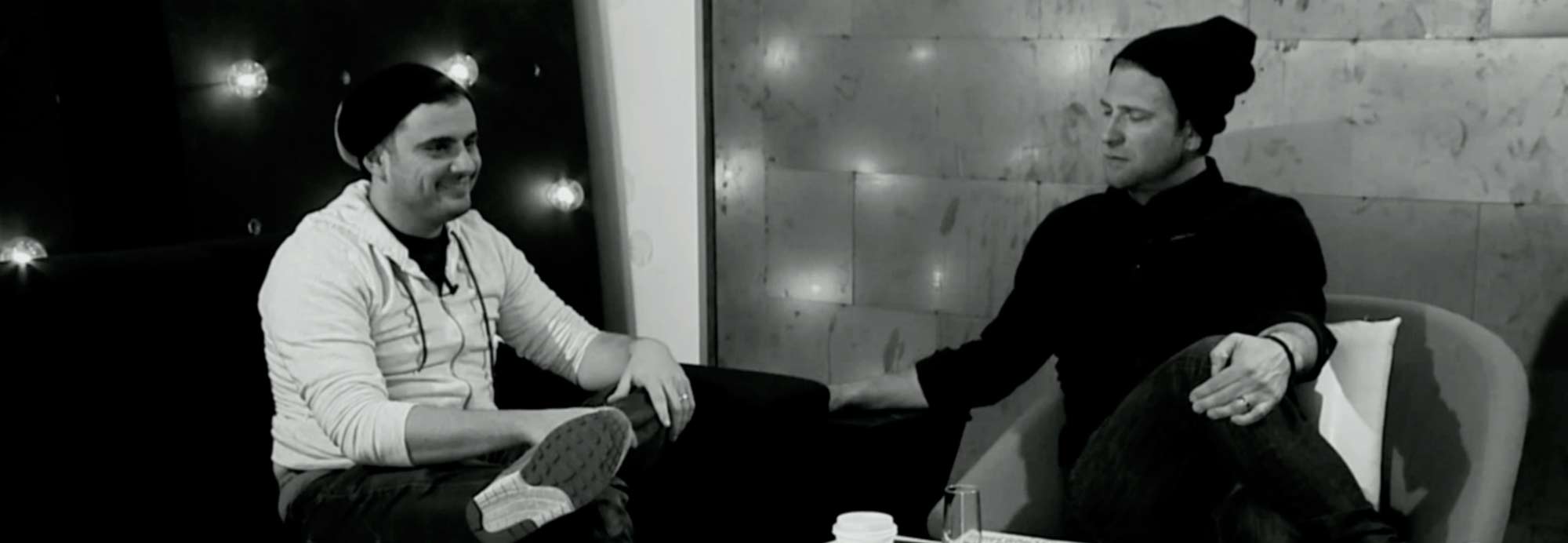DISCOVERING YOUR PHOTOGRAPHIC STYLE BY LOOKING BACK AT YOUR EXISTING WORK
A GREAT EXERCISE FOR CONSTANT GROWTHDiscovering Your Photographic Style by Looking Back at Your Favorite Work
Everyone, from budding photographers to professionals, seeks a distinctive style that sets their work apart.
But how do you discover that unique touch?
One powerful method is to look back at your favorite images and learn from them
Why Looking Back Matters Reflecting on your past works provides a treasure trove of insights. Over time, our style evolves, whether subtly or significantly, and revisiting old photographs can reveal patterns and preferences we might overlook in the daily hustle. And don’t just focus on the best work, look at the work that didn’t make the cut as well.
- Benefits of reflecting on past work: This not only boosts confidence but also pinpoints areas of growth. Recognizing progress is motivational and highlights the journey.
- The evolution of style over time: With each photograph taken, a piece of the photographer’s soul is captured. Over time, these fragments form a cohesive story, revealing a style evolution.
- Note which images did not get chosen: What you leave out is many times as important than what you put in. You learn more by making bad images than making good images. Figure out what it is that you did not like, and that can help shine a light on the work you did.
Steps to Discover Your Photographic Style
Finding your unique style is a journey, not a destination. And it is constantly evolving.
Here’s a roadmap to guide you:
- Compile your best works: Gather photos that resonate most with you. They are the mirror reflecting your innate style.
- Implementation: Dedicate a folder or physical album. Regularly update this collection and reflect on why each image earns its place.
- Explanation: Try writing a little exposition on why the image makes you feel good about it. What can be reused in the images you haven’t taken yet to help you make them better?
- Identify recurring themes or subjects: Whether it’s sunsets, portraits, or street photography, recognizing patterns helps solidify your niche.
- Implementation: Sort your images by theme. Note the frequency of certain subjects or scenes. This reveals your innate leanings.
- Examine the rejected images: What themes did not make the cut? Is there a specific subject matter that you are not good at working with? Do you need more practice to level up that niche? Or does it not really matter?
- Analyze the technical aspects: Examine elements like composition, lighting, and color grading. This dissection uncovers your technical tendencies.
- Implementation: Use editing software to break down the settings and adjustments of your favorite photos. Look for common techniques or preferences.
- Processing preferences: Are there color grades you seem to especially like? Are there techniques that you are not familiar with that can help you improve?
- Observe emotional patterns: What feelings do your photos evoke? Joy, nostalgia, or perhaps melancholy? Emotions play a pivotal role in style definition.
- Implementation: Sit with each photo. Journal the emotions they stir. Over time, you’ll see emotional themes emerge.
- Try it witht the reject pile as well: Finding out what turns you off or is emotionally unappealing is a master class in your style.
- Seek external feedback: Sometimes, an external perspective can pinpoint things we miss. Constructive feedback is invaluable.
- Implementation: Join photography groups or forums. Share your work and ask for honest feedback regarding style and patterns observed. Be critical of who you allow to critique your work though, having negative input that is inappropriate and based on something other than your work is a massive waste of time.
Refining and Evolving Your Style Your style is fluid, shaped by experiences and learnings.
As you grow, so will your style.
- Continual learning and adaptation: Embrace new techniques and genres. This adds layers of depth to your work.
- Embracing change while staying true to oneself: Change is inevitable. But amid change, the essence of who you are as a photographer should remain evident.
Discovering your photographic style is akin to self-discovery.
It’s an ongoing journey filled with introspection, growth, and evolution.
Embrace the journey, trust your instincts, and let your style quietly flow over all the work you do.
TL/DR POINTS:
1. Reflecting on Past Work:
– Reflecting on your past works provides insights into your style evolution.
– Recognizing progress boosts confidence and highlights the journey.
2. Compile Your Best Works:
– Gather photos that resonate with you.
– Regularly update this collection and reflect on why each image earns its place.
3. Identify Recurring Themes:
– Recognize patterns in your subjects or scenes.
– Note the frequency of certain subjects to solidify your niche.
4. Examine the Rejected Images:
– Analyze themes that did not make the cut.
– Determine areas that need more practice or improvement.
5. Analyze Technical Aspects:
– Break down the settings and adjustments of your favorite photos.
– Look for common techniques or preferences.
6. Observe Emotional Patterns:
– Sit with each photo and journal the emotions they stir.
– Identify emotional themes that emerge over time.
STEAL (Like an Artist) – A Fun Talk on Creative “Shoplifting”
UX Week 2012 | Austin Kleon | Steal Like An Artist from Adaptive Path on Vimeo.
Gary Vaynerchuk on Why We Market
One of the gems from this presentation was the question/comment from the person who was really, I think, speaking for so many of us when they asked why they couldn't just do their stuff, and why had marketing become so incredibly intense. Gary and Chase nearly...
Mailers for Kyle D Jones, Photographer
Kyle needed a drop off piece / mailer to begin his marketing campaign for 2014. We designed this double sided card to represent the areas of photography he is most comfortable shooting. His market is a small one, and heavy with food/lifestyle/people, so we...
Your Work: Valued or Devalued?
A great way to devalue what you do is to charge for it in a way that actually devalues it. Say... mini-sessions. Or whatever they are called. A 'cheaper' alternative to the non-mini-sessions one can assume. So they aren't paying for the image quality, or the vision of...
Critics are NOT Your Audience
A wonderful discussion on the critics among us, and of what value they bring to our lives. Clue: not that much.
The Critic
"It is not the critic who counts; not the man who points out how the strong man stumbles, or where the doer of deeds could have done them better. The credit belongs to the man who is actually in the arena, whose face is marred by dust and sweat and blood; who strives...


